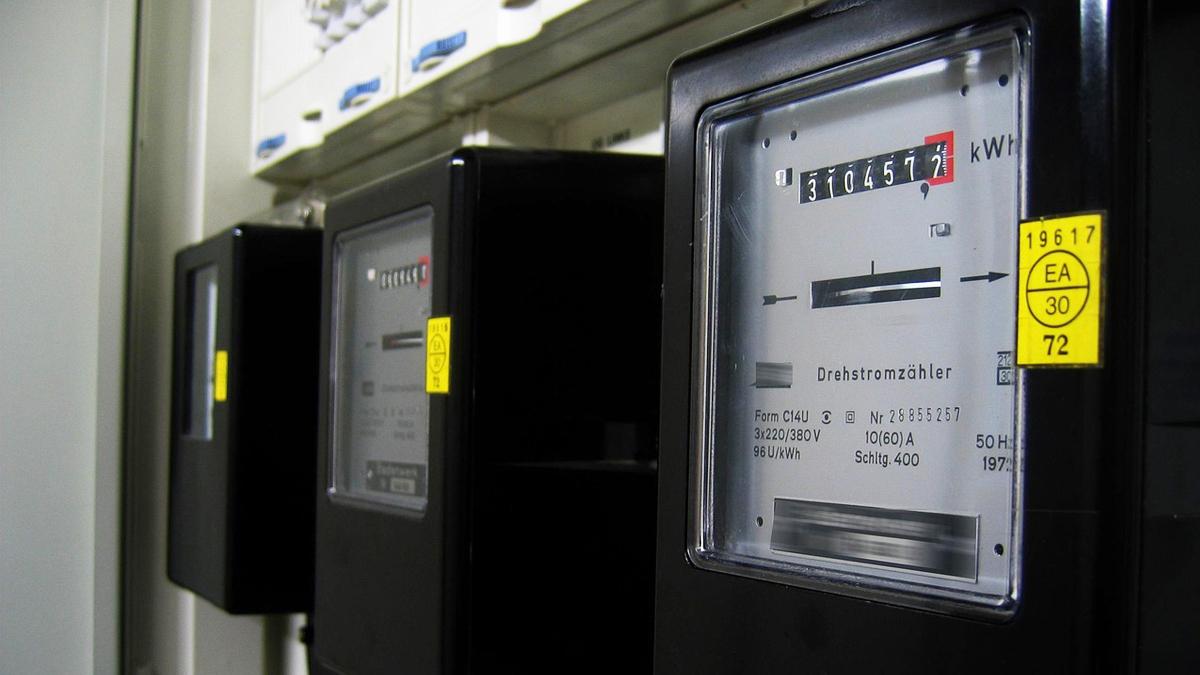NB-IoT provides cellular-based connectivity with wide coverage and low power consumption, making it ideal for large-scale smart metering deployments.

Kindly note the image has been posted only for representational purposes. Photograph: Kind courtesy Gerd Altmann/Pixabay.com
Narrowband Internet of Things (NB-IoT) is emerging as the preferred connectivity choice for Advanced Metering Infrastructure (AMI), aided by India’s utilities sector being projected to increase annual technology spend to Rs 32,500 crore by 2027, a white paper released by data and market intelligence major IDC, and backed by Airtel Business, has pointed out.
The utilities sector spend has been rising at a compound annual growth rate (CAGR) of 17.7 per cent since 2022, when it was Rs 14,500 crore.
This surge in investment underscores the sector’s commitment to digitisation, seen as vital to tackling persistent high aggregate technical and commercial (AT&C) losses, and operational inefficiency.
While India’s AT&C losses dropped to 15.4 per cent in 2022-23 (FY23), it remains nearly double the global average of 8-9 per cent, the paper said.
The government’s Smart Meter National Programme (SMNP) aims to reduce AT&C losses to 12-15 per cent by 2025.
This is based on a target of replacing 250 million conventional electricity meters with AMI to improve financial and operational efficiencies of power distribution companies (discoms).
But even though over 222.4 million meters have been sanctioned to be converted to smart meters under the National Smart Grid Mission (NSGM), just 20.85 million, or about 9 per cent, have been converted as of February, the paper said.
IoT describes the network of physical objects embedded with sensors, software, and other technologies for the purpose of connecting and exchanging data with other devices and systems over the internet.
These devices range from ordinary household objects such as Wi-Fi routers, smartwatches and Bluetooth devices, smart fridges and LEDs, to RFID tags and sophisticated industrial tools.
Meanwhile, NB-IoT provides cellular-based connectivity with wide coverage and low power consumption, making it ideal for large-scale smart metering deployments.
Cellular connections (including NB-IoT) for the utilities segment is expected to grow at a CAGR of 25.6 per cent over the 2023-2027 period.
With a wide portfolio of IoT offerings, Airtel Business provides a scalable foundation for connected devices, including various IoT connectivity options such as NB-IoT, 5G, 4G, and 2G, coupled with applications such as head end systems, meter data management, and prepaid billing hosted on Airtel Cloud.
Secure Meters, in partnership with Airtel, has successfully deployed 1.7 million NB-IoT smart meters across Bihar. Airtel’s IoTHub is a central platform for managing IoT deployments, providing meter life-cycle management, data visualisation, and analytics.
Back in 2023, Airtel had become the first Information and Communications Technology (ICT) service provider in the country to connect over 20 million devices through its IoT solutions.
In the smart utilities space, Airtel provides solutions beyond connectivity that allow AMI service providers to track and monitor end-to-end system uptimes effectively, as well as custom-built tools allowing providers to test the feasibility of large-scale deployments.
The company has pitched the same to utilities firms.
What is IoT
- IoT describes the network of physical objects embedded with sensors, software for connecting and exchanging data with other devices over the internet
- NB-IoT provides cellular-based connectivity with wide coverage and low power consumption 250 million conventional electricity meters targeted for replacement by govt 222.4 million meters sanctioned for conversion under National Smart Grid Mission
Feature Presentation: Ashish Narsale/Rediff




